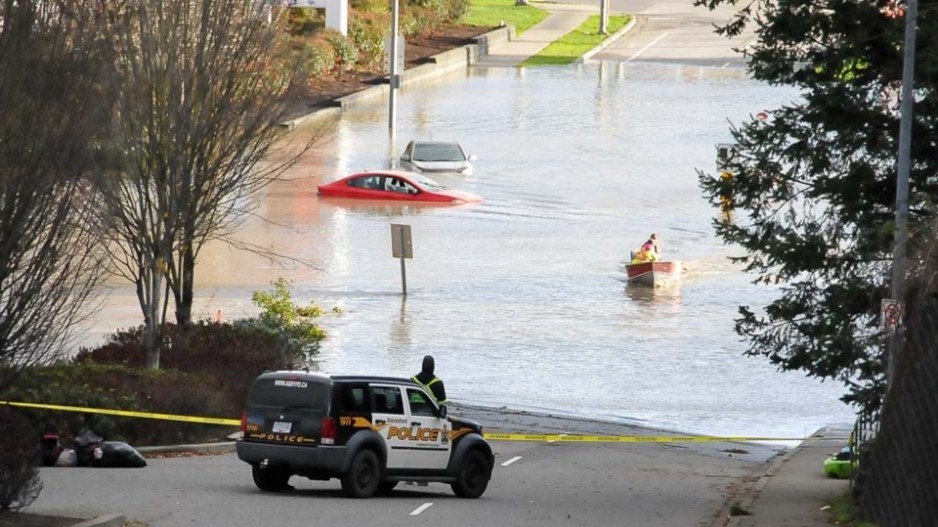Canada’s real gross domestic product (GDP) increased 0.6% in November 2021, Statistics Canada announced February 1, lifting GDP 0.2% higher than it was in February 2020 – before the pandemic took its toll on the economy.
This was the sixth consecutive monthly increase.
Gains were seen across almost all sectors, with both services-producing (up 0.6%) and goods-producing industries (up 0.5%) seeing growth.
The report comes before the surge in Omicron cases in December, but StatsCan says it appears that so far, real GDP for December will likely be unchanged.
Douglas Porter, chief economist at BMO Economics, said the 0.6% increase was higher than anticipated growth of 0.3%.
“The sturdy growth in the days just prior to the spread of Omicron show, yet again, how the Canadian economy can rebound forcefully when it is allowed to re-open,” Porter said in a note to investors February 1. “These results overall are a bit better than expected, with the flash estimate of 6.3% growth for all of Q4 likely best capturing the underlying resiliency late last year.
“While not far from the BoC's latest estimate, it is a bit higher yet, and is simply another turn of the screw, all but ensuring a rate hike at their next meeting on March 2.”
Wholesale trade saw its biggest jump – 2.8% – since July 2020. A 7% increase in building material and supplies sales led the growth, which was fueled by increased international demand. Machinery, equipment and supplies sales increased 2.9% due to growth in construction, mining and forestry.
One major drag on wholesale trade was a 7.2% drop in farm product wholesaling, which was a direct result of the floods that hit British Columbia in that month, as the floods caused a drop in product exports through the Port of Vancouver.
StatsCan said advance information points to overall growth of 1.6% in 2021’s fourth quarter and a jump of 4.9% in all of 2021.
The manufacturing sector grew 1.4% in the month, due in large part to a 3.6% increase in transportation equipment.
A 1% rise in non-durable goods manufacturing was driven by a 6.8% increase in petroleum and coal products, reflecting growth in petroleum refineries.
On the downside, mining, quarrying and oil and gas extraction dipped for the first time in seven months. The 1.8% overall decrease reflected declines in all subsectors. A 2.5% drop in oil and gas extraction followed growth to pre-pandemic production levels in October.
Nathan Janzen, senior economist for RBC Economics, said economic data in January is expected to decrease in January, reflecting the spread of the Omicron variant and the resulting re-implementing of restrictions. But this won’t last, he said.
“...with restrictions already starting to ease, that softening is expected to be short-lived,” he said. “Beyond near-term disruptions, production capacity limits, global supply chain disruptions and labour shortages are expected to remain bigger issues in many sectors than shortages of orders.
“The Bank of Canada acknowledged that most economic indicators would suggest the economy has essentially, on balance, recovered, and is expected to begin hiking interest rates from emergency low levels as soon as March.”
The next report on gross domestic product by industry is scheduled for release on March 1.




